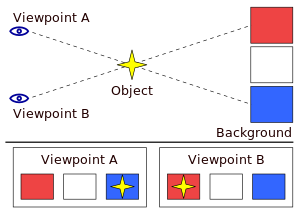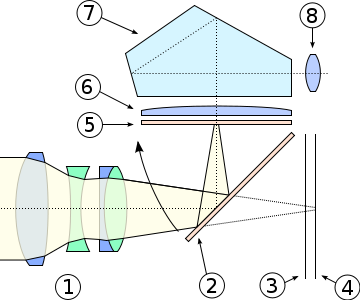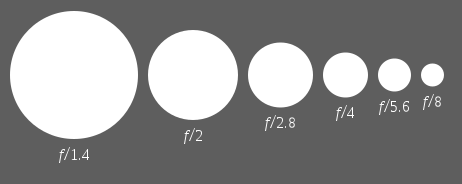(UPDATE Aug 2012 - I have removed images that won't display correctly but will leave the text here as reference)
Remember when your looking at a digital camera it's a lot more than just the megapixels.
Major factors to look at are the lens, processor, software (firmware), build quality, brand reputation. For more factors check out this link to my reference site:
http://home.people.net.au/~james.bell/J01_photoref.html#S03
this has more links about this topic below the mind map.
Please report any links you may find, that don't work, to me so I can fix them.
This article seems worth reading........
Factors to Consider when Choosing a Digital SLR Camera
http://photo.net/equipment/choosing-a-dslr-camera/ <== follow this link for more.
"The newcomer to the world of Digital SLR cameras is presented with a bewildering array of options. It’s hard to keep track of exactly who is currently making DSLRs and how many models each have, but as of summer 2008 there were at least 9 manufacturers (Canon, Fuji, Leica, Nikon, Olympus, Panasonic, Pentax, Samsung and Sony) and between them there were something like 34 different models.
How do you choose which one to buy, and in what ways are they different? With so many different cameras available and new models being announced every few months it’s not really possible to make specific recommendations on which one is "best". The term "best" will depend on many factors unique to the user. However, I will attempt to outline the various factors that you might want to take into account when deciding which one to purchase."
Digital Zoom
This is the DP Review link about Digital Zoom really worth the look
http://www.dpreview.com/learn/?/Glossary/Digital_Imaging/Digital_zoom_01.htm
It's clear from the picture that digital zoom is not helping at all.


It's no clearer ... just bigger and your computer can do that!
----------------------------------------------------------------------------------------------------------------------------------
White Balance
http://www.dpreview.com/learn/?/Glossary/Digital_Imaging/White_Balance_01.htm
"Most digital cameras also allow you to choose a white balance manually,
typically sunlight, cloudy, fluorescent, incandescent etc. Prosumer and
SLR digital cameras allow you to define your own white balance
reference. Before making the actual shot, you can focus at an area in
the scene which should be white or neutral gray, or at a white or gray
target card. The camera will then use this reference when making the
actual shot."
1..

2..

1)The auto white balance was unable to find a white reference, resulting in dull and artificial colors.
2)The auto white balance got it right this time in a very similar scene
because it could use the clouds as its white reference.
------------------------------------------------------------------------------------------------------------------------------------------
A&R at Charlestown had this one that looked interesting.
------------------------------------------------------------------------------------------------------------------------------
FlexPod
This flex pod may not be quite the quality of a
GorillaPod but was only $29 at Myers.
The original GorillaPod is at
http://www.joby.com/products/gorillapod/original/
and it only weighs 45 grams.
The original GorillaPod (below)available from NDF is at
http://www.joby.com/products/gorillapod/original/
and it only weighs 45 grams.



 F22 = Very deep field
F22 = Very deep field




 2..
2..